如何在SoC设计中使用事务处理(二)
建模、验证与调试需要统一标准的符号和框架,以便使架构师和设计工程师能够协同进行复杂SoC的开发。事务处理级模型(TLM)是进行这种分析的理想模型,在片上系统(SoC)设计中使用事务处理级建模,可让设计从高效率协同仿真和高产出的分析与调试中受益。
本文引用地址:http://www.eepw.com.cn/article/148679.htm 下面是对图2所示的事务处理进行建模的一个简单代码段。这个类的旨在于将事务处理数据记录到作为trans_db instance dump_file类的事务处理数据库中。输出被显示在图3最右部分。
// Inside program or some other OpenVera context
trans_db dump_file;
trans_stream stream1;
trans_type mem_read;
trans_handle h1;
// open a database file
dump_file=new(test);
// create the memory stream under the test.duv.bus scope
stream1=new(dump_file, test.duv.bus, memory);
// create the read transaction type in the memory stream
mem_read=new(stream1, Read);
// define 2 attributes in the read transaction type
mem_read.create_attr(Addr, INTEGER_DT);
mem_read.create_attr(Data, INTEGER_DT);
delay(10);
// begin a memory read transaction at 10
h1=mem_read.begin_now();
h1.log_integer_attr(Addr, 170);
h1.log_integer_attr(Data, 123);
delay(20);
// end h1 transaction at 20
h1.end_now();
// close the database file
dump_file.close();
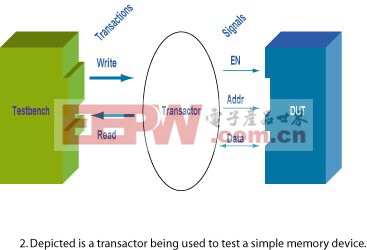 |
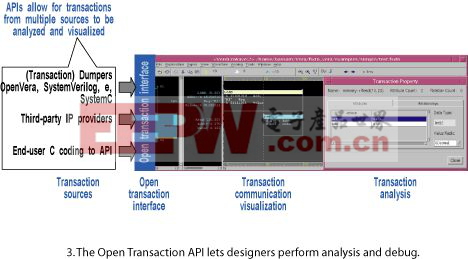 |




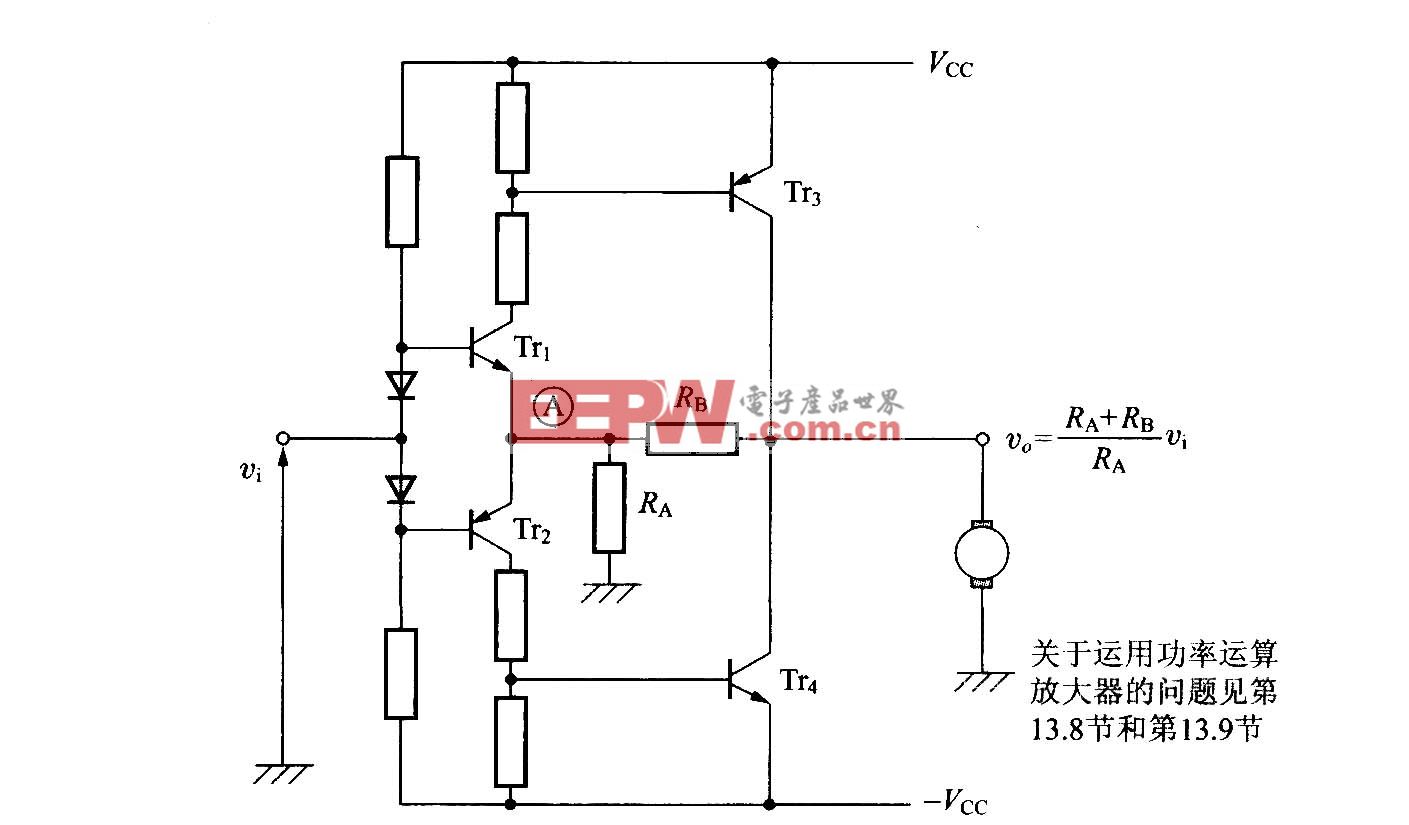
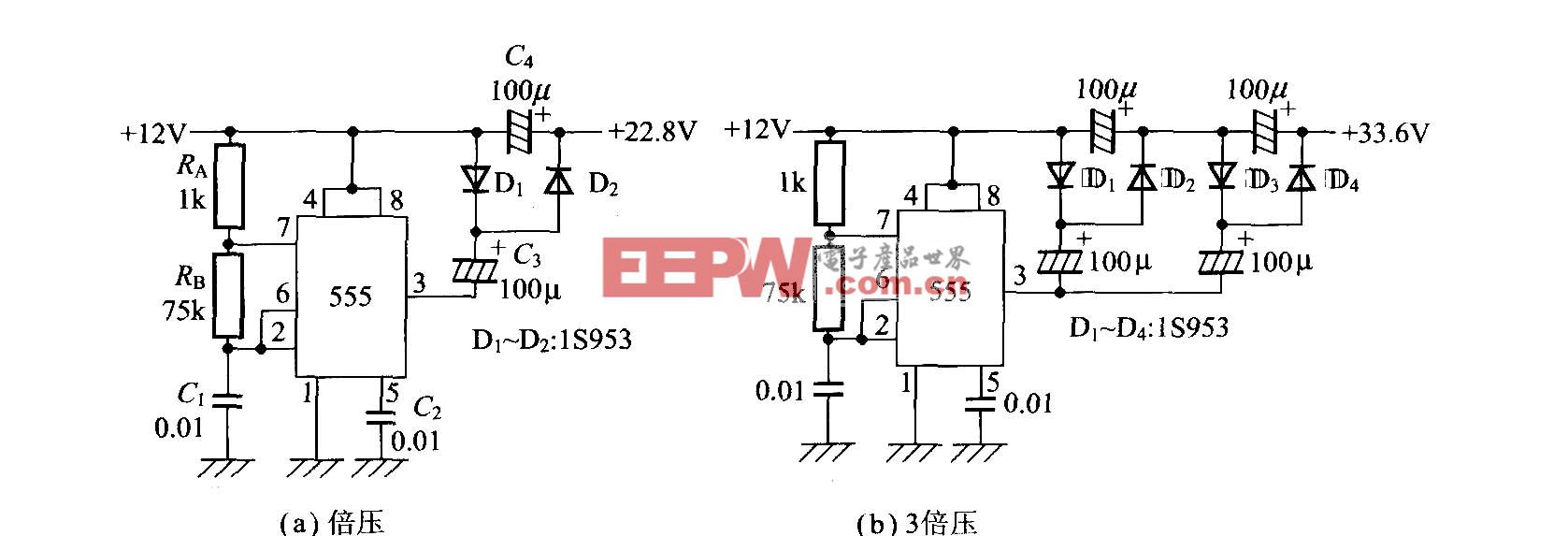
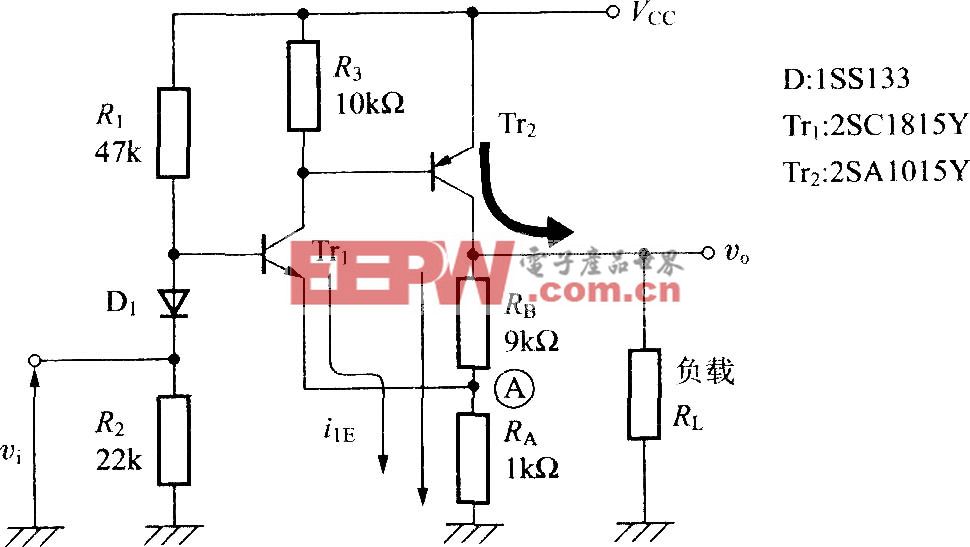
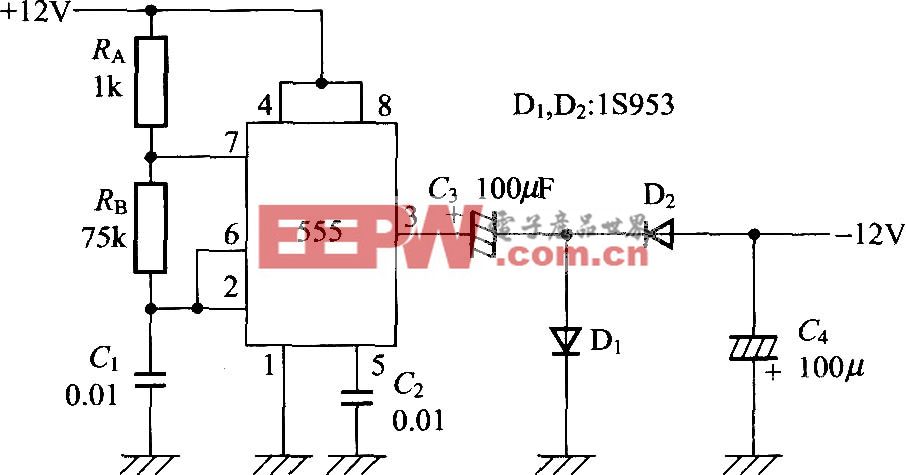
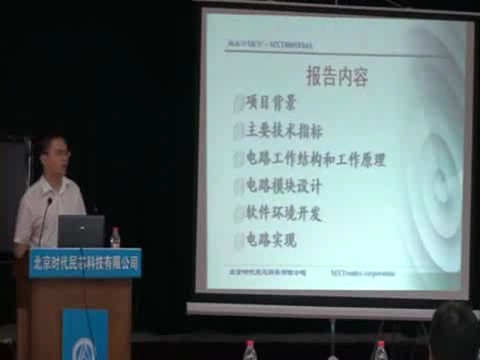




评论